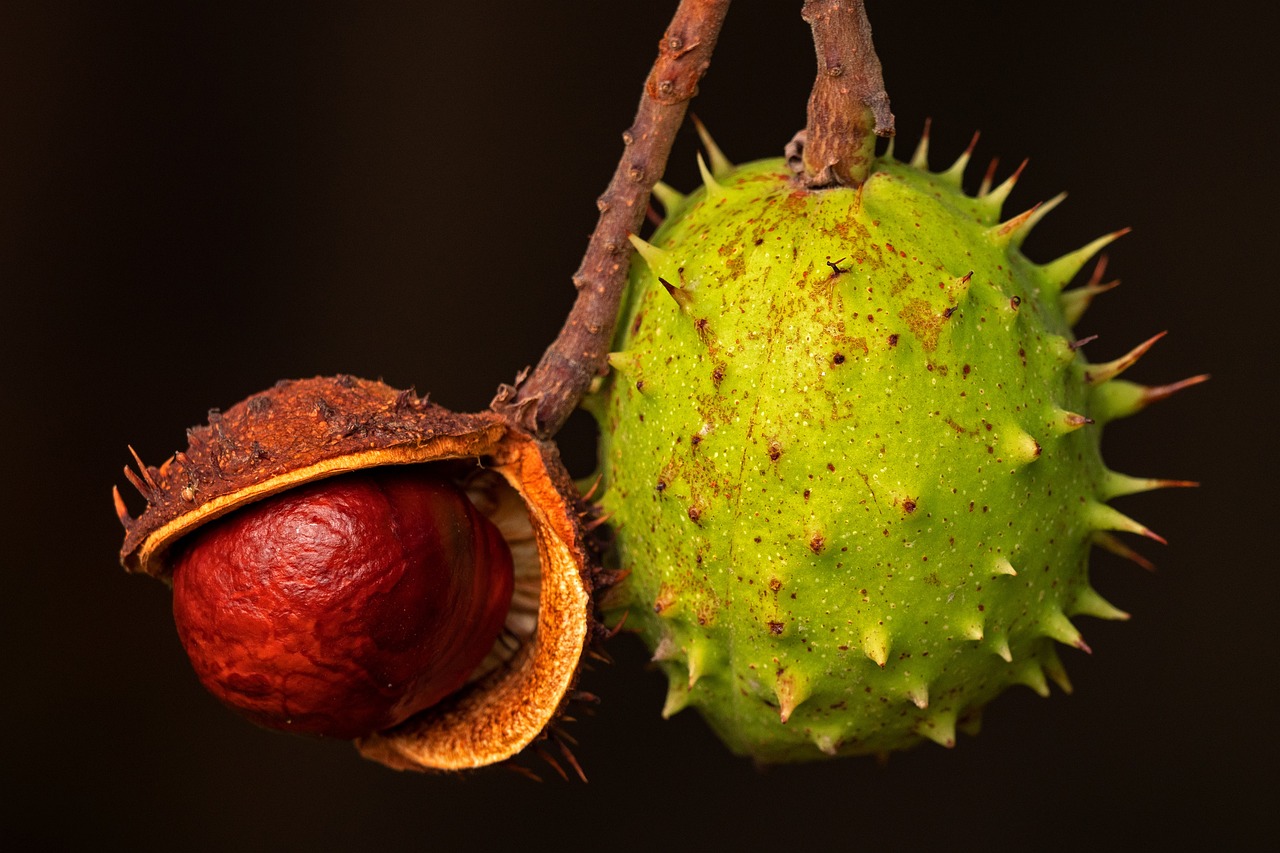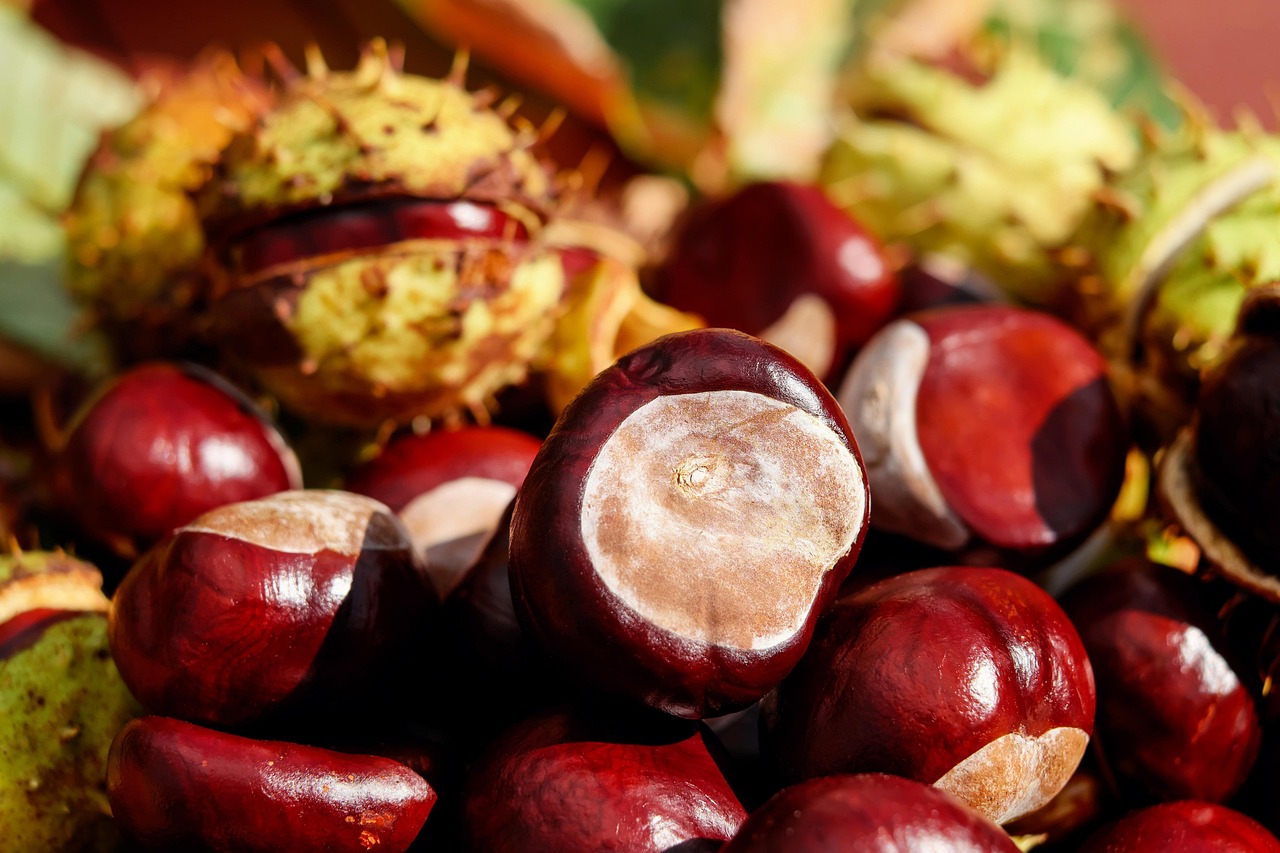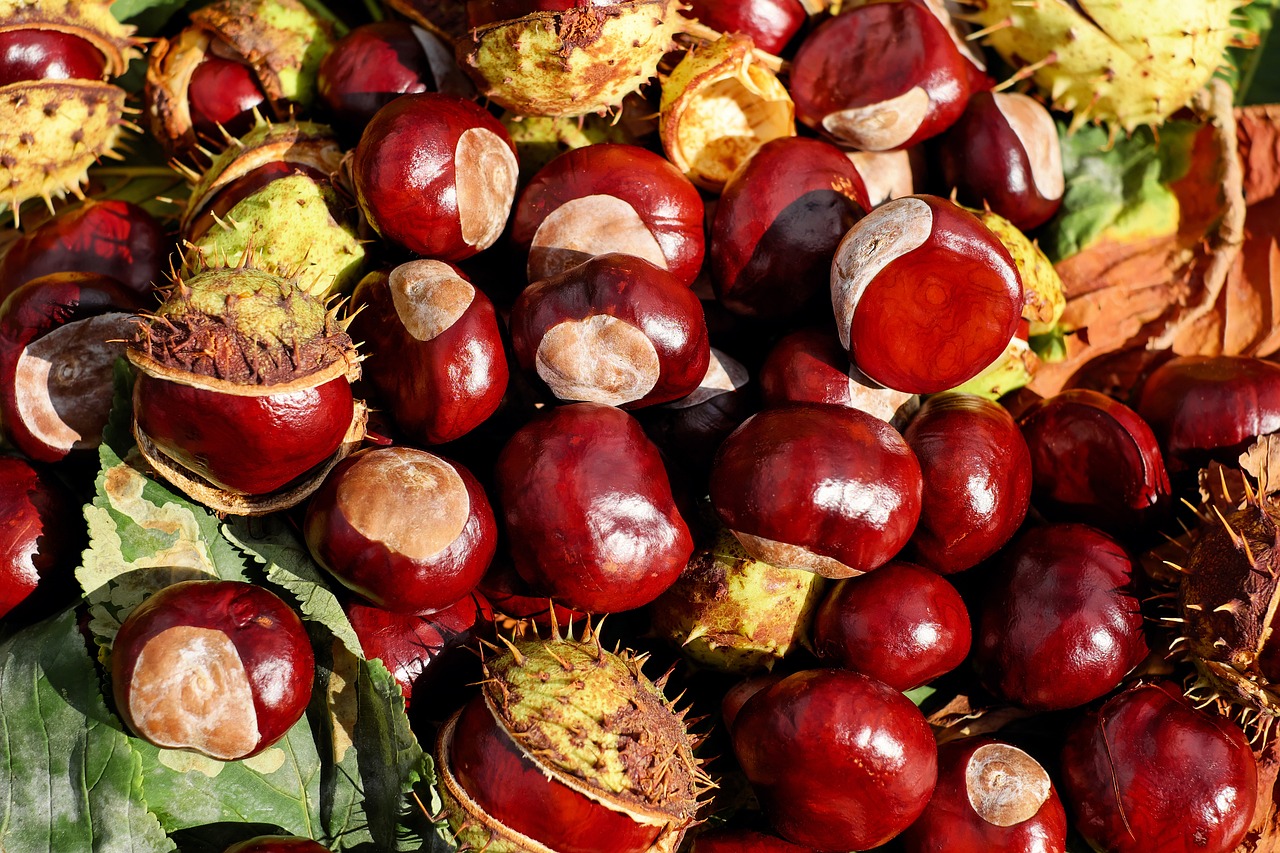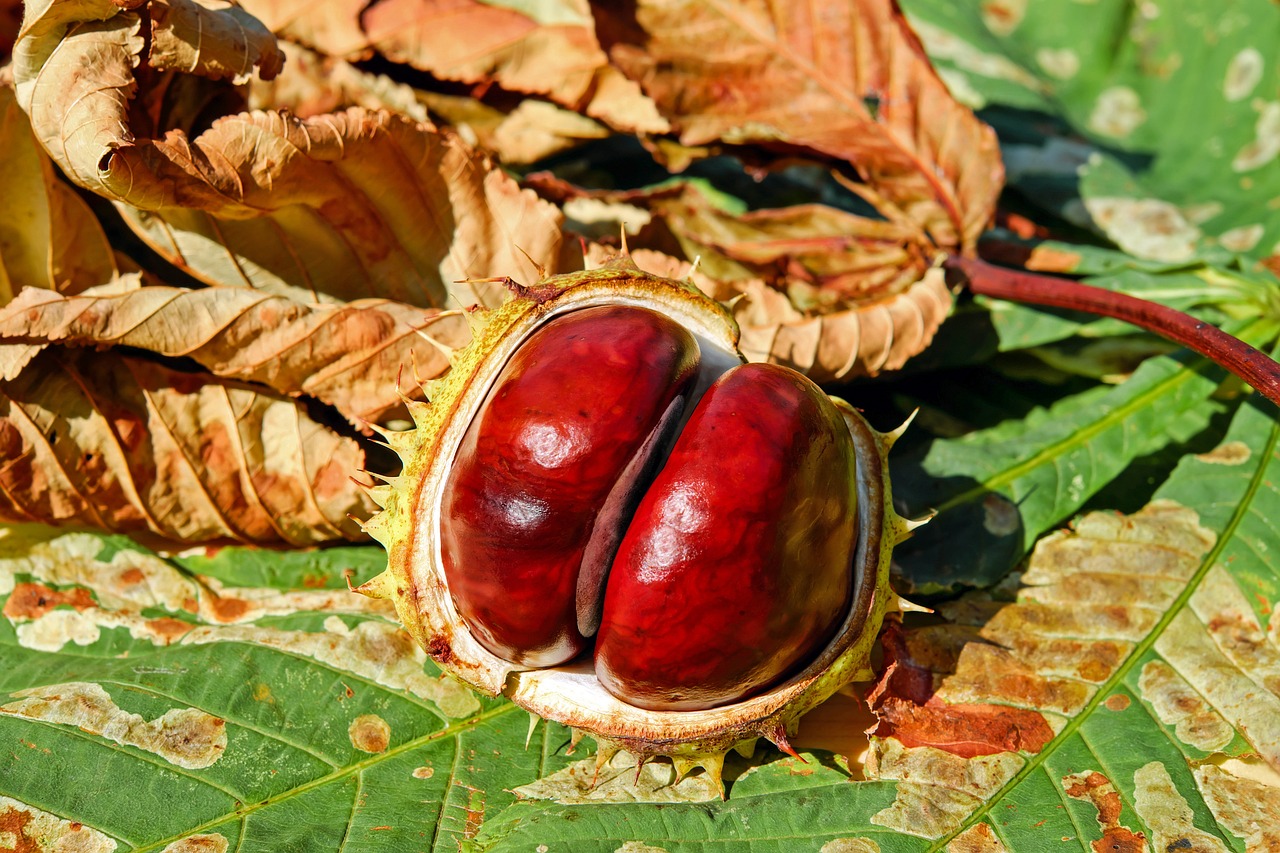Chestnut tree value is influenced by several factors including tree age, size, health, market demand, and location. Understanding these elements helps in determining the pricing of chestnut trees for both timber and agricultural purposes.
The chestnut tree, particularly the American and European species, has garnered significant attention for its economic value. These trees are not only prized for their timber but also for their edible nuts. The versatility of chestnut products has made them a staple in various markets, from furniture manufacturing to gourmet culinary uses. As the demand for sustainably sourced timber and organic food increases, the value of chestnut trees continues to rise.
When assessing the value of chestnut trees, several key factors come into play. Each of these factors contributes to the overall market price and can vary significantly based on regional conditions and specific circumstances. Below are some primary considerations that influence chestnut tree valuation:
| Factor | Description |
|---|---|
| Tree Age | Older trees generally yield higher prices due to larger sizes and better quality timber. |
| Size | The diameter and height of the tree can significantly impact its market value. |
| Health | Healthy trees with no diseases or pests are valued higher than those with issues. |
| Market Demand | Local and global market trends can influence the price based on consumer preferences. |
| Location | Proximity to markets and access to transportation can affect the selling price. |
Understanding these factors allows growers and sellers to make informed decisions about cultivating, maintaining, and marketing chestnut trees. For instance, investing in proper care can enhance tree health and size, thereby increasing potential profits. Furthermore, knowledge about local market demands can guide growers in selecting the right varieties and production methods.
Additionally, environmental aspects such as soil quality, climate conditions, and competition from other crops can also play a role in the economic viability of chestnut cultivation. These factors need to be assessed regularly to ensure optimal growth and profitability.
Factors Affecting Chestnut Tree Value

As mentioned previously, several specific factors directly affect the valuation of chestnut trees. Below is a more detailed exploration of these elements:
- Genetic Variety: Different species of chestnut have varying characteristics that can impact their worth. Some varieties might be more resistant to diseases or pests, making them more desirable.
- Harvesting Practices: Sustainable harvesting methods not only protect the environment but can also enhance the long-term value of the trees.
- Market Trends: Staying updated on market trends can provide insights into when to sell trees or products for maximum profit.
By taking these factors into consideration, stakeholders can better navigate the complexities of chestnut tree valuation and maximize their investments in this valuable resource.
Economic Impact of Chestnut Trees
The economic impact of chestnut trees extends beyond their immediate monetary value. They play a significant role in local economies, particularly in rural areas where they are cultivated. The cultivation and sale of chestnut products can provide jobs and stimulate local businesses, contributing to economic stability and growth.
Moreover, chestnut trees can offer long-term financial benefits. Once planted, these trees can produce nuts for several decades, providing a continuous source of income. In addition to nuts, the timber harvested from mature chestnut trees is highly sought after for its durability and aesthetic qualities. This dual income stream enhances the overall value of maintaining chestnut orchards.
Environmental Benefits
Beyond their economic advantages, chestnut trees also provide considerable environmental benefits. They contribute to biodiversity, soil health, and carbon sequestration. Here are some key environmental factors:
- Biodiversity: Chestnut trees support various wildlife species by providing habitat and food sources. This promotes a balanced ecosystem.
- Soil Health: The presence of chestnut trees can improve soil structure and fertility. Their root systems help prevent erosion and promote healthy soil organisms.
- Carbon Sequestration: As trees grow, they absorb carbon dioxide from the atmosphere, helping mitigate climate change effects.
These environmental factors not only enhance the intrinsic value of chestnut trees but can also appeal to consumers who prioritize sustainable and eco-friendly products. This growing consumer awareness can positively influence market demand and potentially increase prices for chestnut products.
Cultural Significance
Chestnut trees hold cultural significance in various regions around the world. They are often associated with traditions, festivals, and culinary practices that celebrate the harvest of chestnuts. In some cultures, chestnuts symbolize prosperity and abundance, adding another layer of value to these trees.
Chestnuts have been a staple food source for centuries. They are used in numerous recipes, from savory dishes to desserts. This culinary versatility enhances their marketability, allowing for a broader range of products that can be sold, including roasted chestnuts, chestnut flour, and even beverages like chestnut-infused spirits.
Market Dynamics
The market dynamics surrounding chestnut trees are influenced by various factors such as geographic location, consumer preferences, and global trade policies. Understanding these dynamics is crucial for stakeholders looking to maximize their investments.
- Geographic Location: Regions with a history of chestnut cultivation often have established markets, which can lead to higher prices due to demand.
- Consumer Preferences: The growing trend towards organic and locally sourced food products can drive up the demand for chestnuts. Consumers are increasingly interested in the health benefits associated with nuts, including chestnuts.
- Global Trade Policies: Import/export regulations can significantly affect the availability and pricing of chestnuts in different regions. Tariffs or trade agreements may either hinder or promote market access.
Investors and producers must stay informed about these market dynamics to make strategic decisions about production levels, pricing strategies, and marketing approaches. Engaging with local agricultural extensions or industry associations can provide valuable insights into current trends and consumer demands.
Challenges in Chestnut Tree Cultivation
Despite their many benefits, cultivating chestnut trees is not without challenges. Growers face various obstacles that can influence both the health of their trees and their economic viability. Awareness of these challenges allows for better preparation and management strategies.
- Pest and Disease Management: Chestnut trees are susceptible to several pests and diseases, including the chestnut blight. Effective management strategies are essential to protect crops.
- Climate Change: Shifts in climate patterns can affect growth rates and nut production. Growers must adapt to changing weather conditions to maintain productivity.
- Market Volatility: Fluctuations in market demand can create uncertainty for producers. Diversifying products or finding niche markets may help mitigate this risk.
By understanding and addressing these challenges, growers can enhance their chances of success in the competitive field of chestnut cultivation. It is vital to employ best practices in farming techniques and stay updated on research related to tree health and market trends.
Investment Considerations for Chestnut Tree Cultivation


Investing in chestnut tree cultivation can be a lucrative decision, but it requires careful planning and consideration of several key factors. Understanding the financial implications, return on investment, and initial costs associated with chestnut farming is essential for potential investors.
Initial Investment Costs
The costs involved in starting a chestnut orchard can vary significantly based on location, land preparation, and the scale of the operation. Below are some typical expenses to consider:
- Land Acquisition: Purchasing or leasing suitable land is often the most significant upfront expense. The price can vary based on location, soil quality, and accessibility.
- Site Preparation: Preparing the land for planting includes clearing, tilling, and possibly amending the soil to ensure optimal growing conditions.
- Seedlings: High-quality chestnut seedlings can be relatively expensive. The choice of variety will also affect costs, with some hybrids being pricier than traditional species.
- Irrigation Systems: In regions with inadequate rainfall, establishing an irrigation system is crucial for tree health and productivity.
- Equipment: Basic farming equipment for planting, maintenance, and harvesting will be necessary to manage the orchard effectively.
These initial costs can add up quickly, making it important for prospective growers to create a detailed budget and financial plan before committing to chestnut tree cultivation.
Long-Term Financial Returns
The financial returns from chestnut trees can be substantial, particularly as the trees mature. However, it is essential to recognize that chestnuts typically take several years to begin producing nuts. Here are some factors that influence long-term profitability:
- Nuts Production: Mature chestnut trees can produce significant yields. Depending on the variety and growing conditions, a single tree can yield between 50 to 200 pounds of nuts annually after around 4 to 7 years.
- Timber Value: In addition to nut production, chestnut trees provide valuable timber. This can be harvested selectively over the lifespan of the trees, adding another revenue stream.
- Value-Added Products: Producers can increase profitability by processing nuts into value-added products such as chestnut flour, roasted chestnuts, or even gourmet food items, thereby appealing to a broader market.
By diversifying income sources and optimizing production practices, growers can significantly enhance their long-term returns from chestnut orchards.
Market Opportunities and Consumer Trends
The market for chestnuts and related products is evolving, driven by changing consumer preferences and increasing awareness of health benefits. Understanding these trends is crucial for maximizing the value of chestnut trees.
Health Benefits of Chestnuts
Chestnuts are gaining popularity due to their nutritional profile. They are low in fat, high in fiber, and rich in vitamins and minerals. Some health benefits include:
- Nutrient Density: Chestnuts are an excellent source of vitamins C and B6, potassium, and dietary fiber, making them a healthy addition to various diets.
- Dietary Fiber: The high fiber content aids in digestion and can contribute to heart health by helping to lower cholesterol levels.
- Gluten-Free Alternative: Chestnut flour is a popular gluten-free option for baking, appealing to those with dietary restrictions.
As consumers increasingly seek out healthy food options, chestnuts’ nutritional benefits can be leveraged in marketing strategies to attract health-conscious buyers.
Sustainable Agriculture Trends
The demand for sustainably sourced products is on the rise. Chestnut growers who adopt environmentally friendly practices can tap into this growing market segment. Key sustainability practices include:
- Organic Farming: Utilizing organic cultivation methods can appeal to consumers looking for chemical-free products.
- Sustainable Harvesting: Practices that promote long-term health of the trees and surrounding ecosystem can enhance brand reputation and consumer loyalty.
- Diverse Planting: Incorporating other compatible crops within chestnut orchards can improve biodiversity and soil health while providing additional income sources.
By aligning cultivation practices with sustainability trends, chestnut growers can enhance their marketability and potentially command higher prices for their products.
Market Access and Distribution Strategies

To succeed in the chestnut industry, growers must also consider market access and distribution strategies. Understanding how to effectively reach consumers can be pivotal in maximizing profits and ensuring the sustainability of their orchards.
Direct-to-Consumer Sales
One potential market access strategy is direct-to-consumer sales. This approach allows growers to connect with customers without intermediaries, often resulting in higher profit margins. Some effective methods for direct sales include:
- Farmers Markets: Participating in local farmers markets provides growers with an opportunity to showcase their products, engage with customers, and build brand loyalty.
- Online Sales: Establishing an online presence through an e-commerce platform can broaden market reach, allowing consumers from various regions to purchase chestnuts and related products directly.
- Community Supported Agriculture (CSA): Creating CSA programs allows consumers to subscribe to receive regular deliveries of fresh chestnuts and other produce, fostering a sense of community and commitment to sustainable farming.
Implementing these strategies can significantly enhance consumer engagement and loyalty, ultimately benefiting the grower’s bottom line.
Wholesale Opportunities
In addition to direct sales, chestnut growers can explore wholesale opportunities. Supplying local grocery stores, restaurants, or food distributors can lead to bulk sales and consistent revenue streams. Key considerations for wholesale include:
- Building Relationships: Establishing strong connections with local businesses can open doors to regular orders and collaborations, enhancing the stability of income.
- Quality Control: Ensuring that the chestnuts meet high-quality standards is crucial for gaining repeat business from wholesalers who prioritize quality in their offerings.
- Marketing Materials: Providing informational materials about the benefits and uses of chestnuts can help educate retailers and consumers alike, promoting increased sales.
By diversifying sales channels, chestnut growers can mitigate risks associated with market fluctuations and ensure a steady flow of income.
Adapting to Changing Market Conditions
The chestnut market is not static. Growers need to be adaptable in response to shifting consumer preferences, economic conditions, and environmental challenges. Continuous learning and flexibility are essential in navigating these changes.
Research and Development
Investing in research and development can lead to improved cultivation techniques, pest management strategies, and product innovations. Growers should stay informed about the latest scientific findings related to chestnut production. Some areas of focus may include:
- Breeding Programs: Participating in or monitoring breeding programs can lead to the development of disease-resistant varieties that yield higher productivity.
- Pest Control Innovations: Keeping abreast of new pest control methods can help minimize losses due to infestations while reducing environmental impact.
- Sustainable Practices: Researching sustainable farming practices helps maintain soil health and ecosystem balance, which is vital for long-term orchard viability.
By embracing research-driven approaches, growers can stay ahead of challenges and capitalize on new opportunities in the marketplace.
Final Thoughts
The value of chestnut trees is influenced by a myriad of factors ranging from tree health and market demand to sustainable farming practices and direct sales strategies. Understanding these elements empowers growers to make informed decisions that enhance profitability and promote environmental stewardship.
The economic potential of chestnut cultivation is significant, given its dual income streams from nut production and timber sales. As consumer preferences shift towards healthier and sustainable food options, chestnut growers are well-positioned to meet this demand while contributing positively to their local economies and ecosystems.
By strategically addressing challenges related to pest management, climate change, and market access, along with embracing innovation and sustainability, chestnut producers can not only secure their investments but also play a vital role in shaping the future of the agricultural landscape. Investing time and resources into understanding these factors will ultimately lead to greater success in this promising sector.
